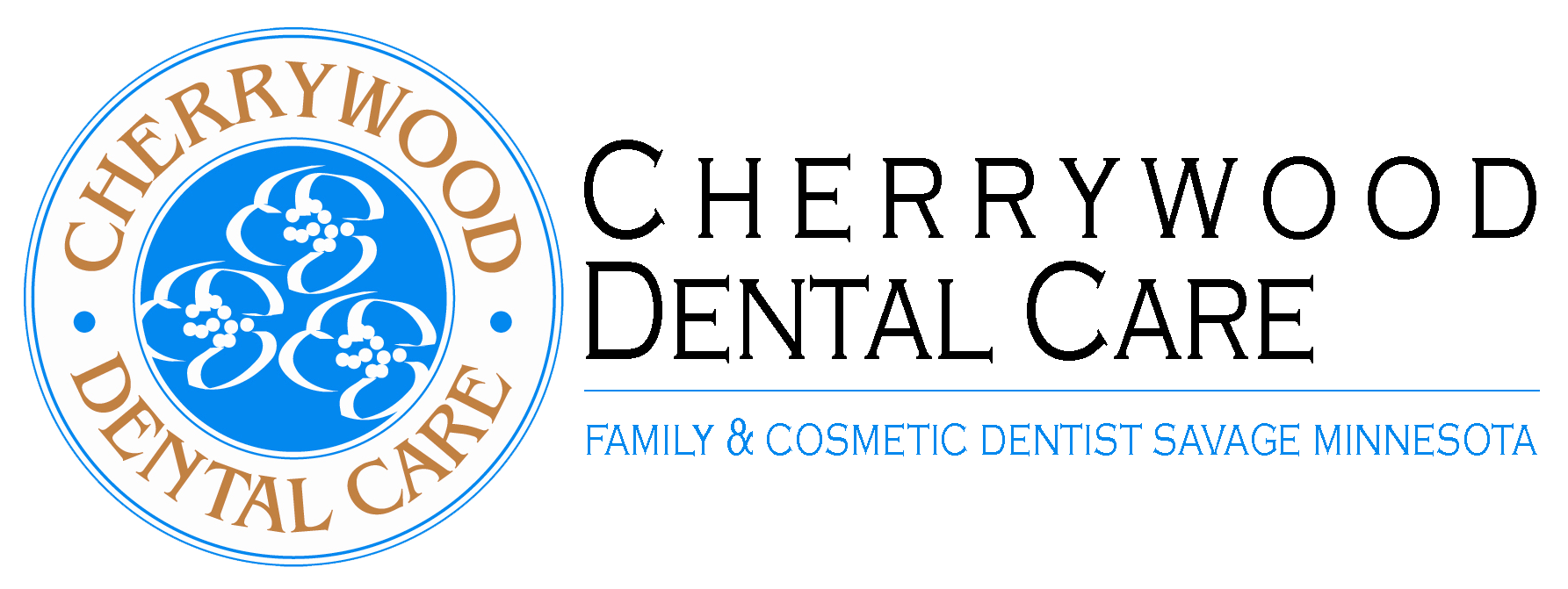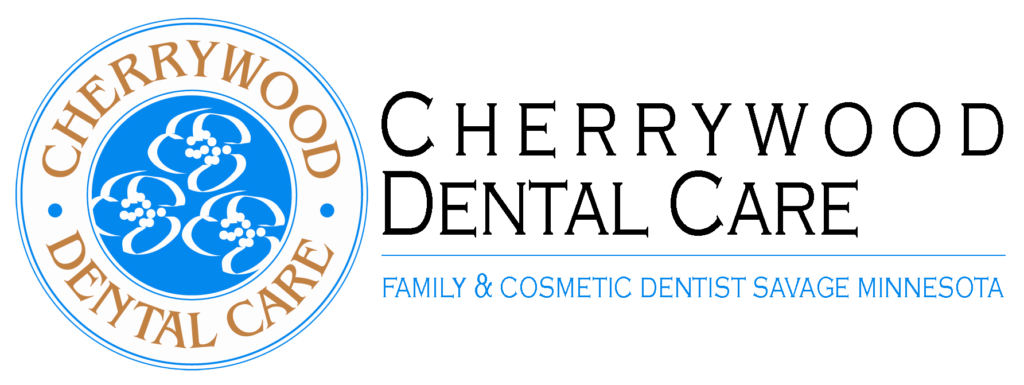Emergency Tooth Extraction Info
Most of your regular dental cleaning visits and at home dental care habits are ways to prevent savage tooth extractions, but there are some instances when patients removal of a tooth. And once you find yourself with a missing tooth, you and your dentist can go over the various options to replace the extracted tooth which can look like and even function like a healthy natural tooth. In the best case, once you start to find you are having issues, problems or pain, visiting your dentist quickly will reduce your chances of dealing with a dental emergency.
One reason an emergency dental extraction is crowding. When your third set of molars, or wisdom teeth, starts to come in, the rest of your teeth may start to move to accommodate the additional teeth. The wisdom teeth often do not have enough room to break through the gum and grow in correctly in most people’s mouths so they are removed before they become an issue. Should you allow your wisdom teeth to try to grow in without interference the pressure against the other molars can cause inflammation and even lead to infection in the gums. Increased swelling, pain, decay, and gum disease are all indicators it is time to call your dentist to make an appointment.
Another reason for an emergency tooth extraction is infection. When the decay of the tooth is so pervasive that the decay is incorporated throughout the core of the tooth, the tooth is beyond the reach of a filling. Typically by this point, you will experience pretty severe pain in addition to swelling, puss-filled sacs, foul taste, and even bad breath. The infection in the jaw is dangerous and can quickly enter the blood stream to the rest of the body or the nerve tissue and enter the brain. It may seem sensational to link a decayed tooth to sepsis or meningitis, but a neglected dental issue can quickly escalate.
A third possible reason for an emergency tooth extraction is a broken tooth. Accidents happen and when a tooth chips, most time the dentist can bond the piece back to your tooth or even replace the broken piece with a natural looking material. But when the crack is below the gum line and goes to the edge of the tooth, the tooth is beyond reach for repair. The dentist will remove the cracked tooth to prevent bacteria from travelling below the gum line and to the roots of surrounding teeth.
Once you and your dentist determine that an extraction is the best treatment for you, the actual procedure is quick and the dentist will numb the area and offer you options to help control the pain. The best ways to help your mouth heal from an extraction start with avoiding serious physical exertion for the 48 hours following. Next, be sure to use ice to help swelling or bruising and stick to softer foods so there is not additional pressure on your jaw. The tooth extraction site may continue to bleed so biting on gauze or cotton will help slow the bleeding and promote healthy healing. Brushing and flossing while you have a fresh wound will aggravate the site and sucking on a straw, forceful spitting and thorough rinsing are too combative to healing.
More Information on Tooth Extraction : Healing After a Tooth Extraction

